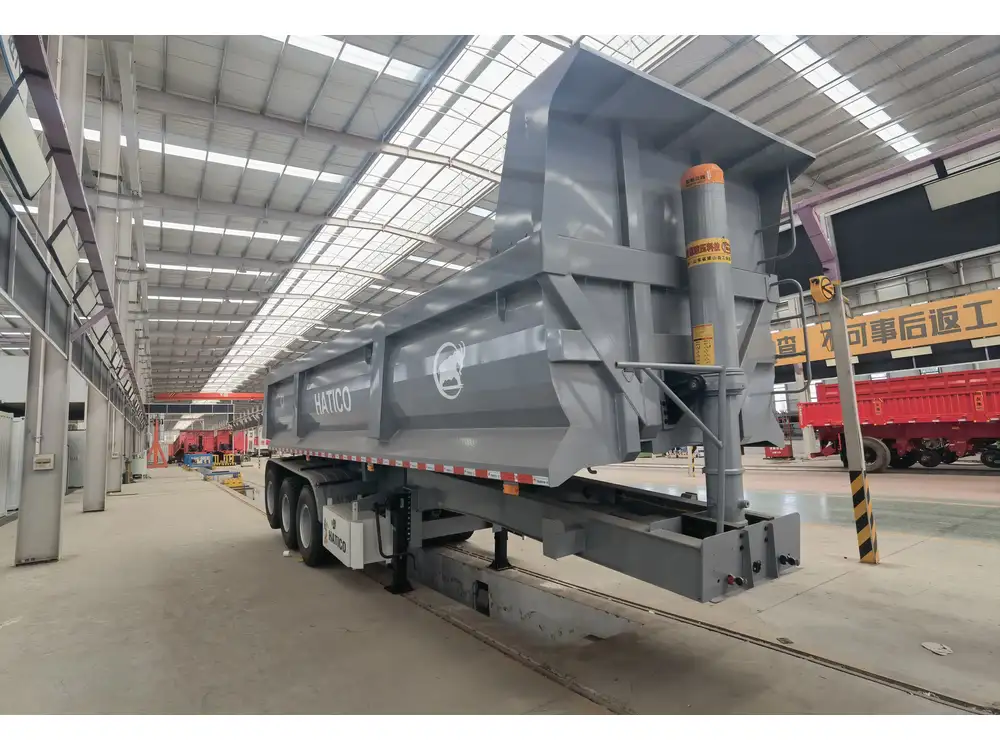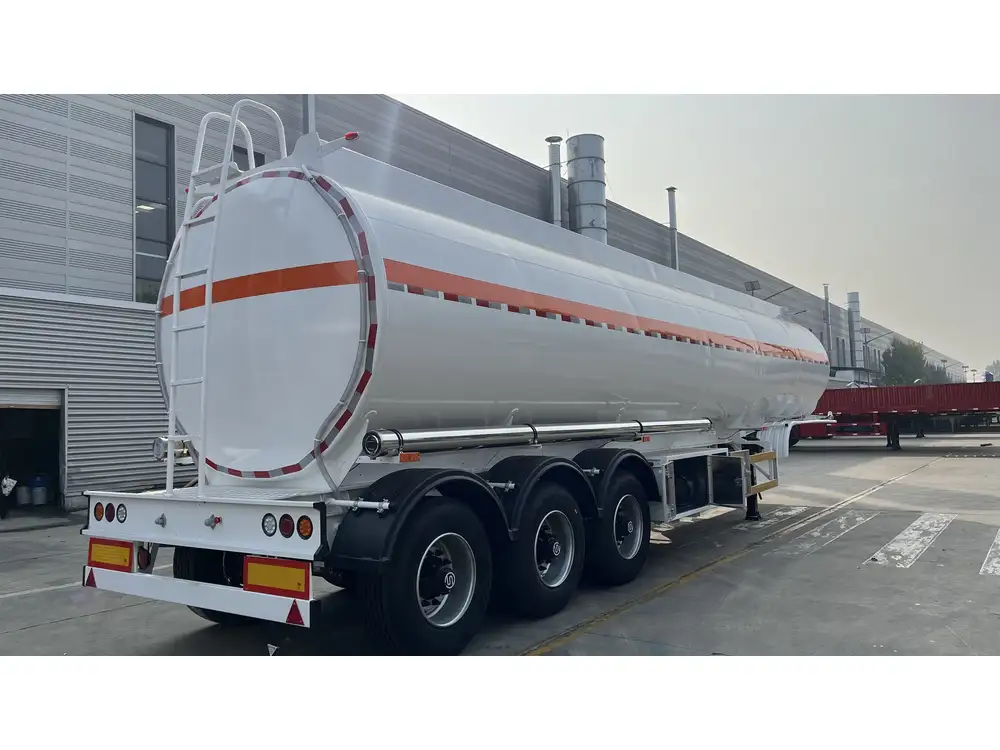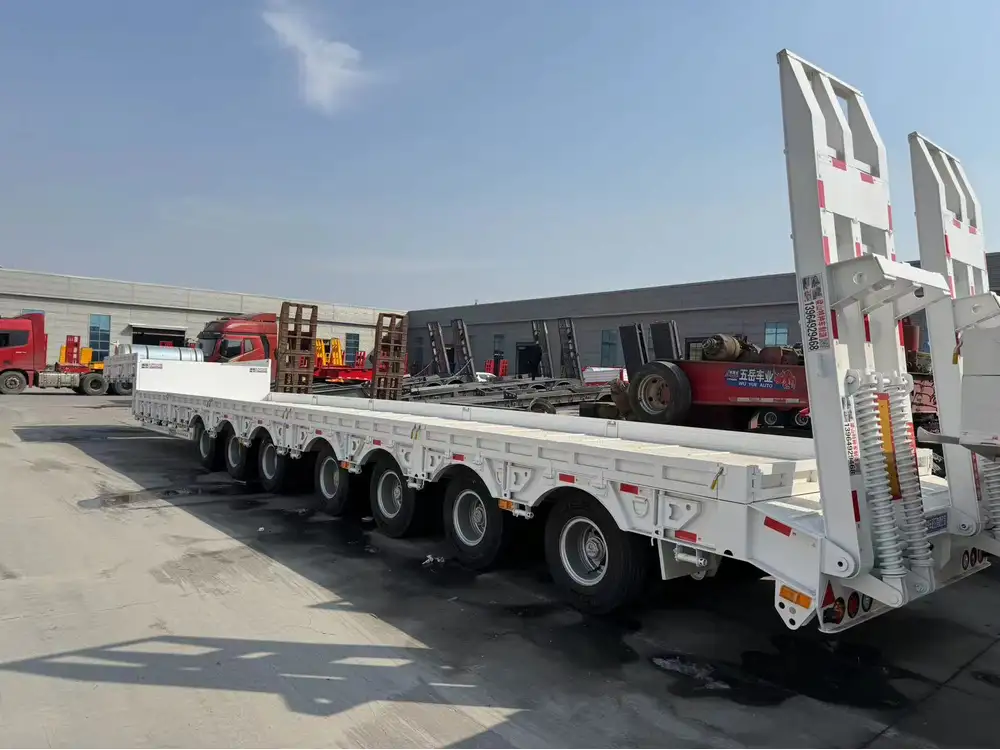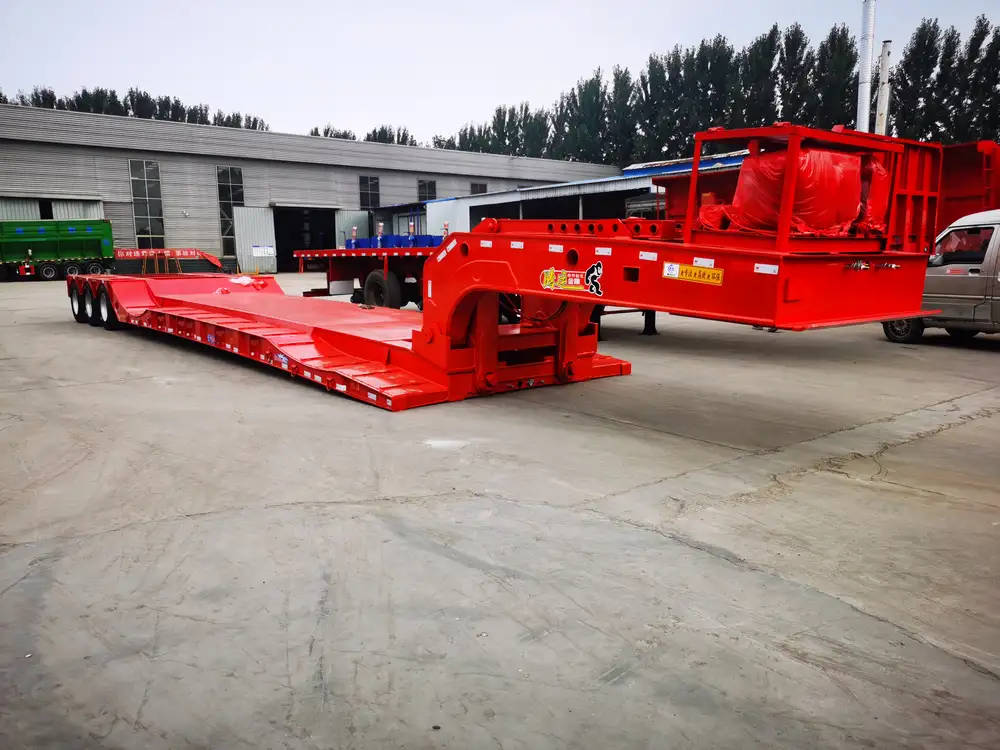In modern networking, the data-link frame is a pivotal audiovisual medium that facilitates communication between devices over the network, playing a crucial role in the OSI (Open Systems Interconnection) model. In this comprehensive article, we delve into the anatomy of the data-link frame, specifically focusing on the trailer segment. By exploring what is contained in the trailer of a data-link frame, we will unpack its components, functions, and importance in reliable data transmission.
What is a Data-Link Frame?
Before we dive into the specifics of the trailer, it’s important to establish a fundamental understanding of the data-link frame itself. The data-link layer is the second layer in the OSI model and is responsible for node-to-node data transfer. A typical data-link frame consists of three key parts: the header, payload (or body), and the trailer.
Structure of a Data-Link Frame
The data-link frame can be visually represented in a structured format as follows:
| Frame Component | Description |
|---|---|
| Header | Contains essential information for identifying the source and destination addresses, frame type, and control information. |
| Payload | The actual data being transmitted, which can vary in size. |
| Trailer | This section concludes the frame and contains vital error-checking information. |

Breakdown of the Trailer Segment
The trailer segment of the data-link frame is essential for ensuring data integrity and reliable communication. Understanding its components can aid in troubleshooting network issues and enhancing overall network performance.
Key Components of the Trailer
The trailer typically contains two main elements:
- Frame Check Sequence (FCS):
- Purpose: The FCS is used for error detection. It enables the receiving device to ascertain whether the data transmitted across the network has remained intact during transit.
- How it Works: The sender computes a cyclic redundancy check (CRC) value based on the frame’s contents and appends it as part of the trailer. Upon receiving the frame, the recipient recalculates the CRC for the incoming data and compares it to the FCS value. A match indicates that the frame is error-free, while a discrepancy signals potential data corruption.
| FCS Characteristics | Details |
|---|---|
| Length | Commonly 4 bytes for Ethernet frames. |
| Error Detection Rate | High probability of error detection for common types of data corruption. |
- Padding (Optional):
- Purpose: Padding is utilized to ensure that the frame meets a minimum length requirement as specified by the protocol in use. For instance, Ethernet standards dictate that frames must be at least 64 bytes long. If the data plus header does not meet this threshold, padding bytes (usually zeros) are added.
- Importance: This prevents short frames from being lost or treated as collisions on the network, which can adversely affect throughput and processing efficiency.
Understanding Data Integrity and Reliability
The trailer’s FCS plays a pivotal role in maintaining data integrity. As data packets travel through switches and routers, they are subjected to various environmental factors that can lead to corruption, such as electromagnetic interference or signal degradation. The FCS ensures that any errors incurred during transmission can be detected and managed promptly.

Challenges in Data Transmission
Several challenges can arise in data transmission, which underscore the importance of a robust trailer component:
- Noise and Interference: External factors may introduce errors in the transmitted data, necessitating accurate error-checking mechanisms.
- Packet Loss: In high-traffic scenarios, packets may be lost or delayed, but a strong trailer component can help identify inaccuracies quickly and prompt the required retransmission.
- Latency: As devices communicate over vast distances, latency can exacerbate errors; thus, the correct functioning of the trailer is vital for maintaining a seamless user experience.
Protocols Involving Data-Link Frame Trailers
Various networking protocols implement data-link frames and utilize trailers as a means of ensuring data integrity and reliability. Some widely used protocols include:
Ethernet
Ethernet protocol is the most ubiquitous data-link protocol in use today. Each Ethernet frame wraps its payload in a header and a trailer for communication between devices on a local area network (LAN). The trailer includes a 32-bit FCS for error detection, making Ethernet robust against data corruption.

Point-to-Point Protocol (PPP)
The Point-to-Point Protocol is commonly used for direct communication between two nodes. PPP incorporates a trailer featuring an FCS for data integrity, ensuring reliable transmission even over less stable connections, such as dial-up or dedicated links.
Frame Relay
Frame Relay is a connection-oriented protocol used in wide area networks (WANs). Although it primarily focuses on speed and efficiency, Frame Relay frames also include trailers that provide error-checking capabilities, essential for maintaining the reliability of variable-length packets.
Analyzing the Role of Trailers Across Different Contexts
When assessing the role of trailers in data-link frames, it’s pivotal to consider their varied implications across different contexts.

Impact on Network Performance
In a high-performance network, the efficiency of data transfer hinges significantly on how well the trailer functions. An efficiently processed trailer with reliable error detection mechanisms can enhance throughput and minimize the incidence of retransmissions due to undetected errors.
Security Implications
Data-link layer protocols must not only focus on performance but also on security. Trailers and their contained FCS values can be targeted during network attacks, such as data manipulation or spoofing. Implementing stronger cryptographic measures or enhanced error-checking algorithms could bolster the trailer’s role in maintaining overall communication security.
Practical Applications in Industry
For manufacturers and service providers, understanding the functions of trailers in data-link frames can inform choices in equipment and technology standards. Companies can optimize their network architectures, implement rigorous testing protocols, and ensure compliance with relevant standards to maximize performance and reliability.

Comparison of Protocols
To understand protocol differences, consider the following comparative table highlighting the trailers used in various network protocols.
| Protocol | FCS Length | Padding Requirement | Common Applications |
|---|---|---|---|
| Ethernet | 4 bytes | Required if | LANs, WANs, telecommunications |
| PPP | 2 bytes | Not required | Direct node-to-node connections |
| Frame Relay | 2 bytes | Not typically required | WAN communications, telemetry |
Conclusion: The Integral Role of Trailers in Data-Link Frames
The trailer of a data-link frame may seem a minor element in the grand scheme of networking, but its role cannot be overstated. By enabling reliable data transmission, detecting and correcting errors, and ensuring the consistency and accuracy of data across networks, the trailer forms a backbone for robust communications.
A deeper understanding of how trailers function opens numerous pathways for enhancing network architecture, improving performance metrics, and sustaining operational reliability in dynamic environments. As technological standards continue to evolve, the fundamental design of data-link frames—including their trailers—will remain critical to the future of effective and secure networking practices.
Understanding the complexities of data-link frames, particularly the trailer segment, equips manufacturers and tech professionals with the necessary insights to drive innovation and ensure seamless connectivity. In the pursuit of superior networking solutions, the journey often begins with acknowledging the significance of even the most minute components.



